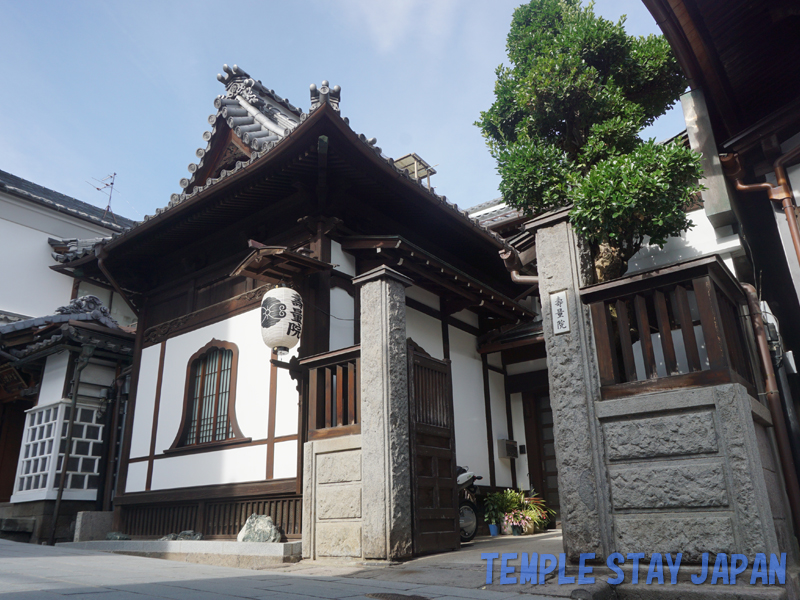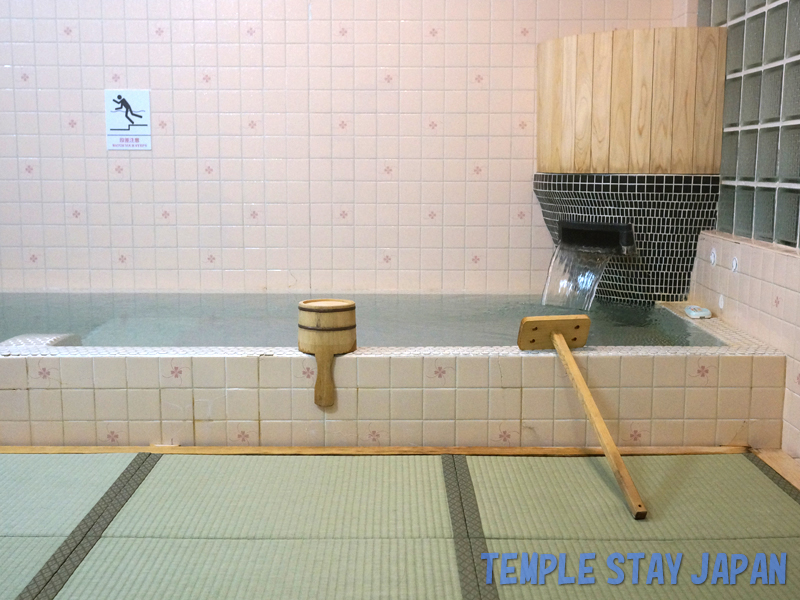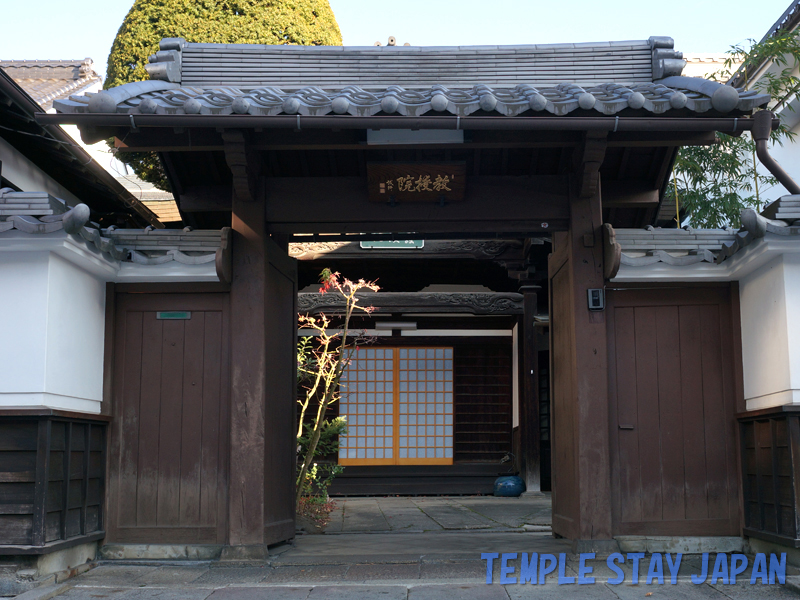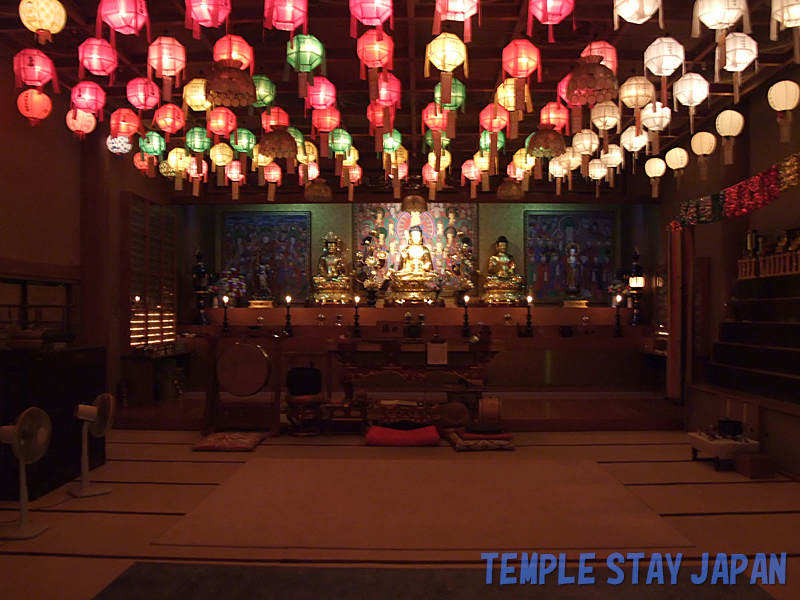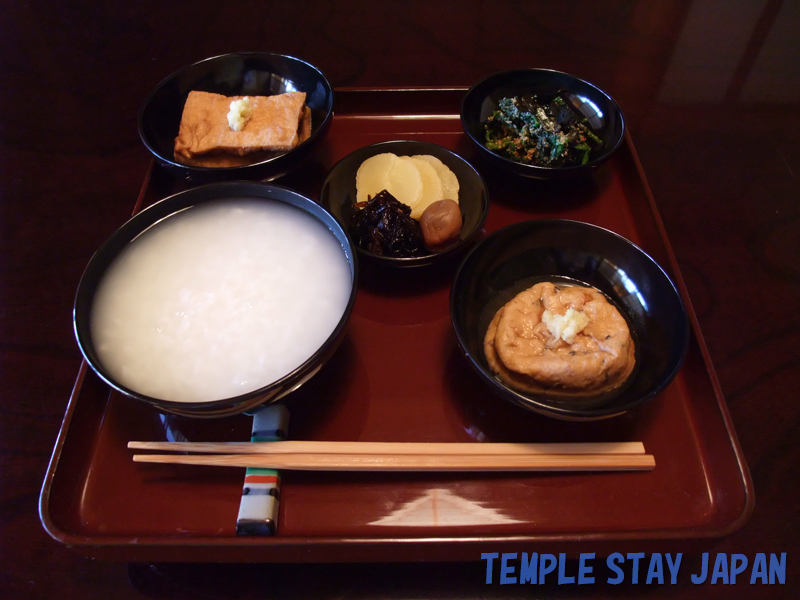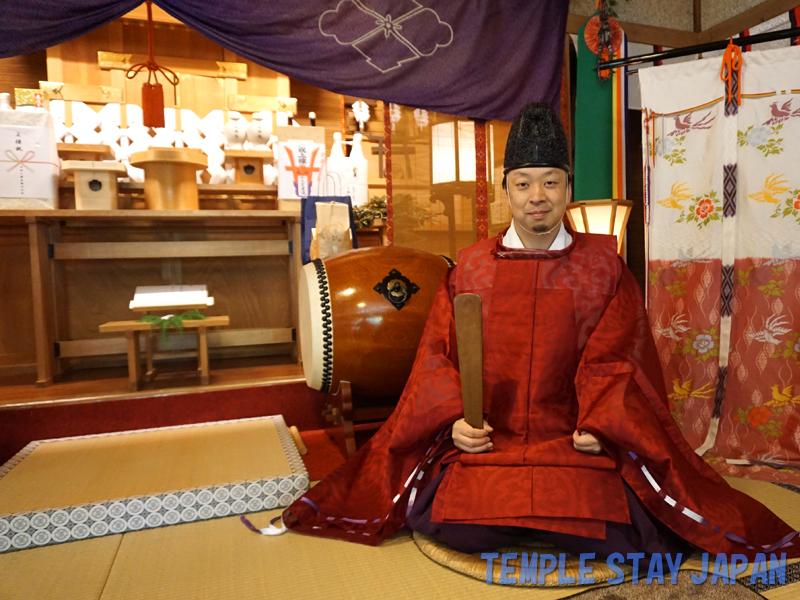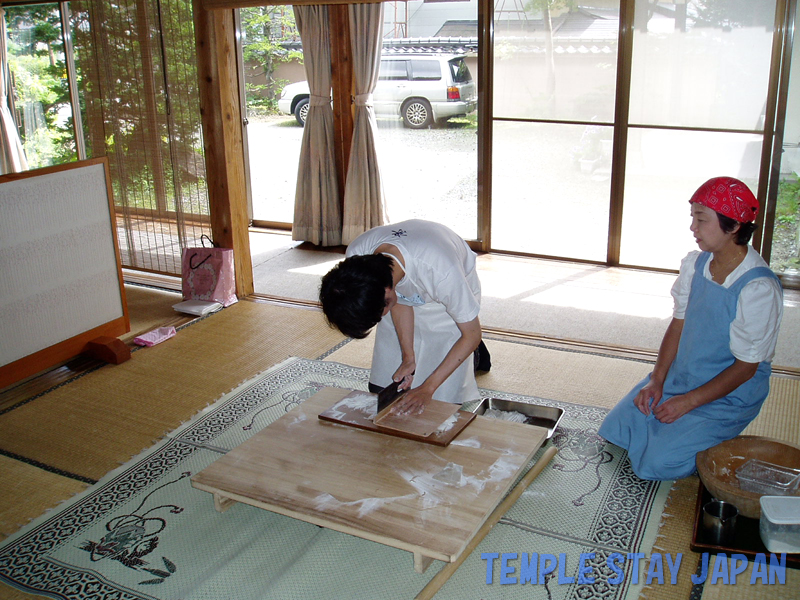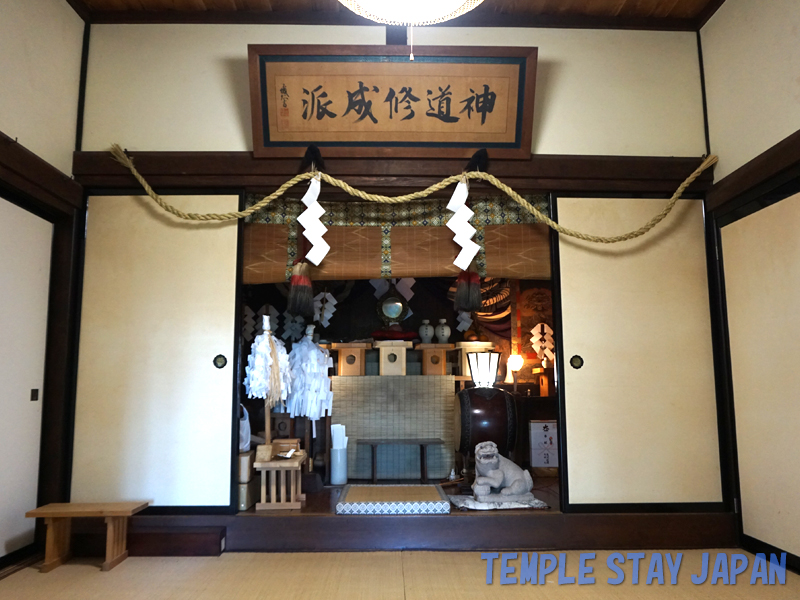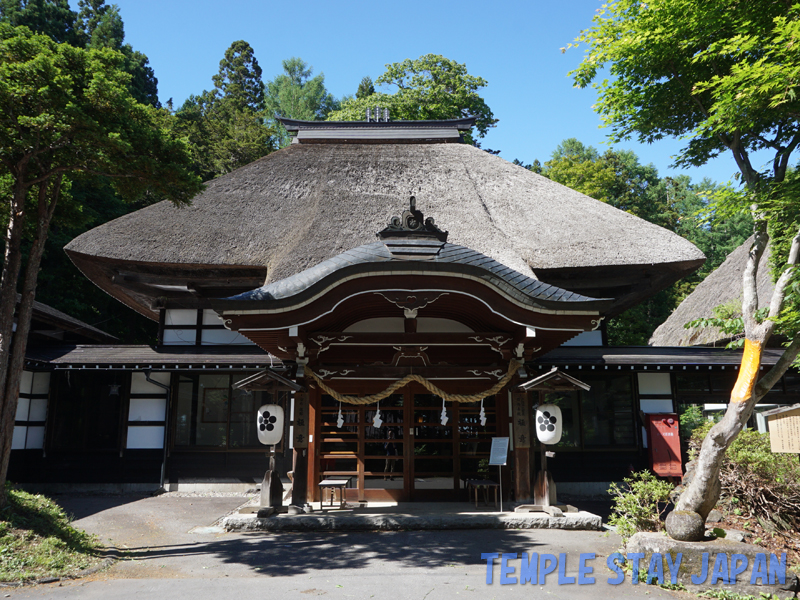Nagano– category –
-

Juryoin temple stay (Nagano)
Zenkoji Temple has long been a place that people have wished to visit at least once in their lives. Juryoin Temple is located very close to Zenkoji Temple. The meals are Shojin vegetarian cuisine. -

Yakuoin temple stay (Nagano)
This shukubo is located in front of Zenkoji Temple, one of the largest temples in Nagano Prefecture. Dinner is shojin vegetarian cuisine. The bath was covered with tatami mats, which made quite an impression on me. The next morning, we were guided to the morning service held at the main hall of Zenkoji Temple. -

Kyojuin Youth Hostel temple stay (Nagano)
This is one of the Shukubo at Zenkoji Temple. It's a youth hostel. The building was built over 100 years ago and has a lot of charm. -

Kogenin temple stay (Nagano)
Kogenin Temple has a history of over 600 years. The temple is also famous for having 10,000 hydrangeas planted within its grounds. At the Shukubo, you can experience zazen and copying sutras. -

Kongoji temple stay (Nagano)
It is the head temple of the Taiko sect of Korean Buddhism in Japan. It is located in the Azumino villa area, and although transportation is inconvenient, it is surrounded by abundant nature. Japanese temples are nice, but Korean temples have a different kind of fun to them. -

Tyosyoji temple stay (Nagano)
It is mandatory for guests staying at this shukubo to participate in chanting sutra, zazen and breakfast (rice porridge) in the morning. Reservations are required for shojin (vegetarian) course dishes. They also have a shojin cafe, where a steamed laver plate (steamed laver, black bean tea and pickles) is served. -

Oyado-Suwa shrine stay (Nagano)
This is a shukubo of the Togakushi Shrine. It used to be called Enmei-in in ancient times. Inside the building is a Shinto altar dedicated to Kuzuryu-no-Okami, Togakushi-no-Okami, ujigami and Fudomyo-o (Cetaka). Prayers are taken place in this place and it is open to general public to come and pray. -

Takeda-ryokan shrine stay (Nagano)
This is the shukubo where Shingen Takeda (1521-1573), a great feudal load and warrior prayed for victory. I had Togakushi soba (buckwheat noodles) for dinner (on an all-you-can-eat soba plan). They served fresh soba noodles using soba harvested in their own fields. -

Oshi-ryokan shrine stay (Nagano)
This shukubo is located at the bottom of the stairs leading up to the Hokosha of Togakushi shrine. It has a beautiful thatched roof matching the well maintained garden. There was a morning service in which I participated. Their specialty, which is of course “soba” (buckwheat noodles), is nothing but delicious. -

Gokui shrine stay (Nagano)
This shukubo is the former Tokuzenin of Togakushi Shrine. It has a beautiful thatched roof noted as a Japanese cultural asset. This shukubo is famous for Togakushi soba (buckwheat noodles), which descended from the Edo period. They also served sake that had been dedicated to the gods.

